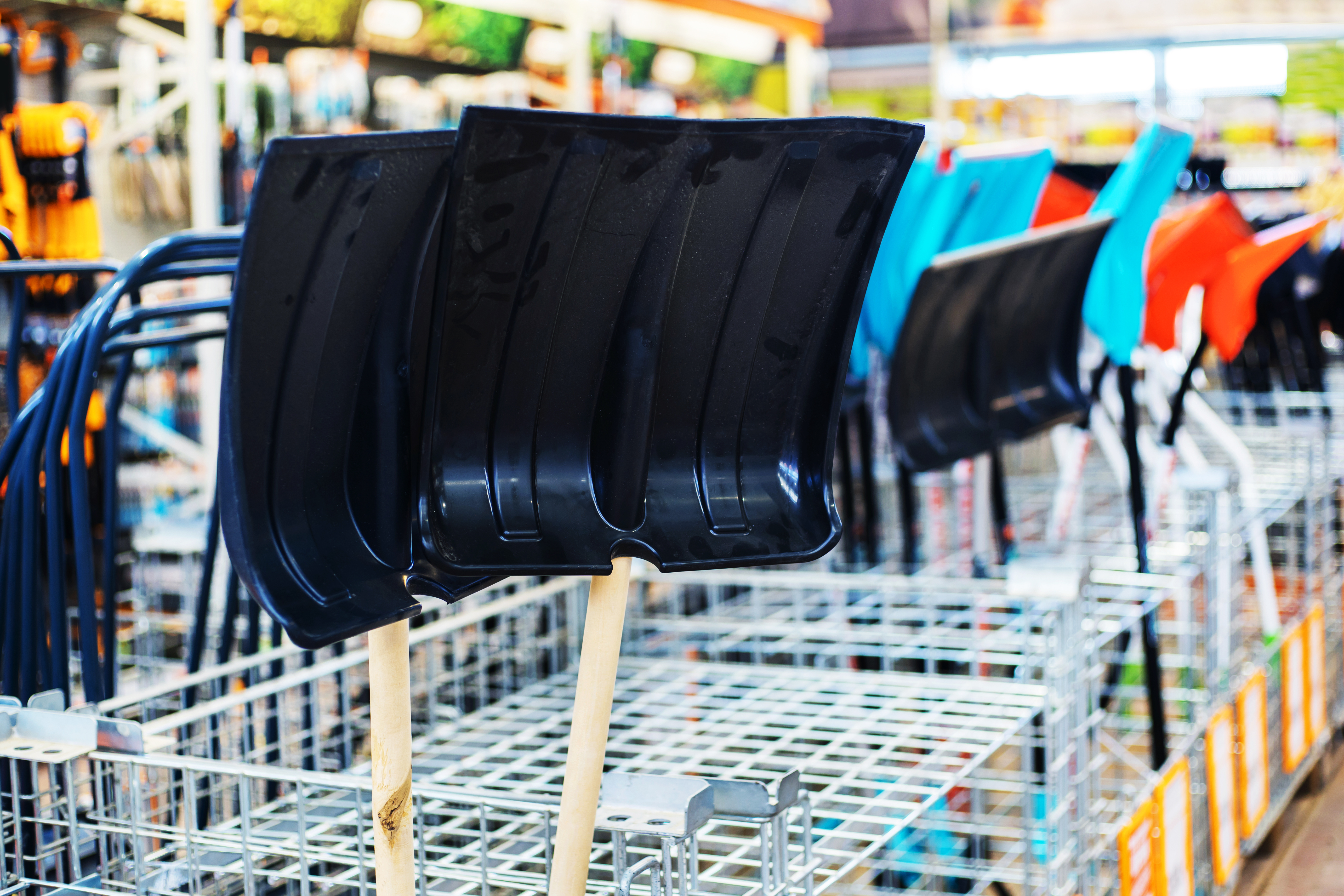

Retail forecasting
When you walk into your local supermarket the last thing you probably think about, when picking your root vegetables in winter, or burgers and beer for a summer barbecue, is how and why these products have been stocked based upon the weather forecast for that week.

Weather plays a massive role in everyday life, and from a consumer perspective it often influences a decision of whether to make a shopping outing or purchase a particular product. On an individual basis, this effect may be minor – you may choose to eat sushi in the snow or beef stew in the summer – but the effect on a large population is much more predictable. In the UK, where the weather is characteristically variable and susceptible to a range of extremes, it is a topic frequently brought to public attention by the media. This is particularly apparent in regard to short-term changes in retail sales that correspond with weather extremes such as heatwaves, storms or cold spells.
Behind the scenes at many of your key supermarkets, including the likes of Tesco, Asda and Marks and Spencer, are comprehensive stock management and ordering systems. These help the retail sector determine how much of certain products should be put on the shelves for the consumer, and a major part of these systems is recent and upcoming weather conditions. Perhaps more than you ever imagined, the retail sector can be driven significantly by the day-to-day weather conditions that affect us.
As you might expect, retail forecasts are driven primarily by temperature, rainfall and sunshine. These variables have been found to produce the most significant influence on the products we purchase at our local shops and supermarkets throughout the year.
A good example is if forecasters are seeing the risk of a significant cold spell in winter, especially below a certain threshold, then supermarkets will stock their shelves with all the things we would usually need with colder weather, including vegetables, warm food stuffs and perhaps health products too.

At the other end of the scale is during the summer period, when the forewarning of significantly high temperatures or prolonged heatwaves are crucial to the supermarkets, as people rush for all things summer-related, including summer food stuffs, sun lotions, and even outdoor items such as paddling pools, garden plants and furniture. Critically for barbecues – meat products take longer for supermarkets to order and stock, so a warning of at least 7 days is required, whereas many vegetables and breads have much shorter lead times.
It is no surprise that when you go shopping, particularly when any significant extremes of weather are predicted, that you’ll often find products related to the latest forecast at the forefront of the store. A great example is when supermarkets place charcoal, barbecues and other food stuffs in direct view of the consumer as you enter the supermarket. This may seem minor to the consumer, but the coordinated reorganisation of thousands of stores overnight in the lead up to hot spells takes planning – and accurate data.
From a meteorologist’s perspective the outlook often starts in the long-range period (2 to 4 weeks ahead) and is then focused more and more to the shorter time scale. Even at long range, the forecast for temperature and precipitation trends can be crucial – especially around key dates like Christmas or Easter. If there are early signs for significant cold, winter weather then the supermarkets will want to be aware of that early risk, with a particular emphasis on forecaster confidence.
Once the signal for any extremes becomes a feature of the forecast through the short term (7 to 14 days or less) then more detail is provided to place greater emphasis on which areas of the British Isles will see the most significant impacts from the extreme conditions. As time horizons shorten, we are also able to become more regionally specific in the forecast. A 4-week forecast might provide guidance on the whole of Yorkshire, but this is resolved to a store-level forecast by 2 weeks out because consumers experience local weather and purchase from local stores.

Sometimes southern areas of England, in summer, can be noticeably warmer and sunnier than parts of Scotland, for example. Clearly, supermarkets are found across the British Isles, but in this instance regional forecasts become significant because attention can then be placed on which areas will likely see temperatures surpass a certain threshold. In this example, supermarkets across the south of England would place greater emphasis on making all summer-related products more readily available, but that wouldn’t be the case across Scotland, given the cooler weather conditions.
Not only is it important to get consumers through the doors at supermarkets, thousands, if not millions of pounds can be made or lost depending on the weather forecast and (often more importantly) reputation damage can be enormous in stock outs. Consumers going to their local shop to buy barbecue food on a sunny Saturday only to find bare shelves may think twice about returning to that store.
So, the next time there is a hot or cold spell coming up take an extra look around and you’ll no doubt notice lots of subtle changes to make your life easier and the products you need readily available. Thanks to retail forecasting, that didn’t happen by accident.
About the Author

Matt Hugo, FRMetS, RMet, has over 15 years of professional forecasting experience and currently works for MetraWeather.




